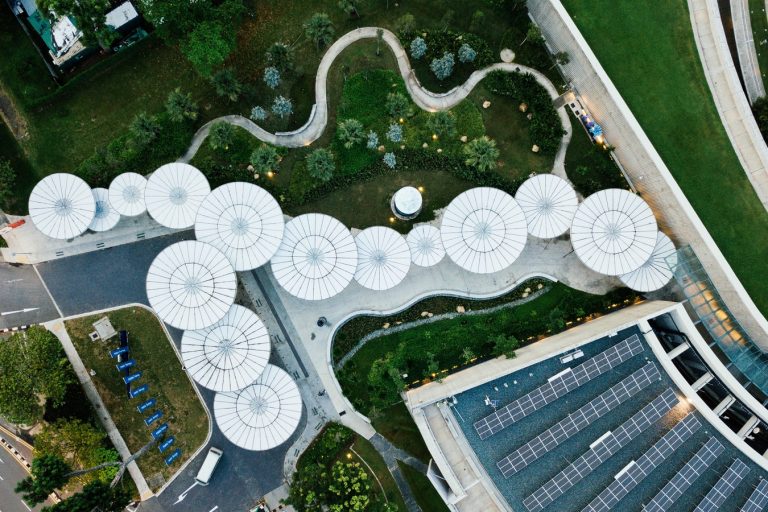
Our environment as it exists today has monumental issues, and positive action/solutions to effectively engage the problem is called Environmental Education. This helps individuals to develop a deeper understanding of environmental issues and have the skills to make informed and responsible decisions. Environmental education creates awareness about critical thinking and enhances their own problem-solving and decision-making skills.
The components of environmental education are:
- Sensitivity and awareness about the environment and its various challenges
- Comprehension of the problems posed
- Concern and motivation for the situation, its improvement and upkeep
- Skills to identify and help resolve environmental challenges.
Global warming, acid rain, and other polluting activities in which we engage are major hiccups that are affecting our environment adversely. Environmental education and protection including the conservation of natural resources are crucial for the benefit of both the environment and humans.
Future strategy
People who are environmentally educated and understand the earth’s ability to sustain human and other life take measures and are involved in their community to help maintain our natural resources so that people can create and enjoy a high-quality life for themselves and future generations.
- A robust future strategy would include developing a curriculum that would bring about a useful, productive, responsible, and environmentally literate 21st-century citizens. For the same, we need to demolish the walls between academic disciplines and other areas of environmental study to allow for integration.
- The curriculum needs to be developed in such a way that a lifelong sustainable process is created for creative problem-solving skills, scientific and social literacy, ethical awareness and sensitivity for the relationship between humans and the environment. Therefore, education can act as a pivotal point in protecting the environment.
- Diverse communities can be educated about how they could save the environment by imparting knowledge on how to protect the environment. This needs to be executed at an individual, organizational and societal levels that is helpful to both the environment and humans.
- Proper aids are required to educate and resolve the main environmental problems like acid rain, ozone depletion, climate changes, global warming, etc. These aids include the use of audio-visual programs, seminars, training programs, environmental awareness campaign, etc.
- The awareness about the environment needs to be taught from a very early stage. Even as a toddler and with the beginning of the formal education, this awareness about saving Mother Earth and environment need to be formally introduced at the school levels itself.
- Of course, parents and homes are a child’s first educators. Early education about nurturing and protecting the environment, avoiding polluting agents and using biodegradables should be considered as part of the societal curriculum. Conducting environmental awareness program in schools and societies will help people to become aware of environmental issues and take actions accordingly.
- Armed with appropriate ecological knowledge, children from the earliest ages learn to be good stewards of our environment. Environmental education teaches kids to be better-informed members of their community.
- Supporting sustainable change requires supporting systems change. For best preparations, schools need to make sure their students spend their time not just learning information but learning how to think. Building bridges with the real world need to start at the workplace.
9Future strategy and informed decisions are always based upon the Government policies as they give the right tangent to the initiative of both the individuals and communities.
- People and Nature can thrive together when there is a combination of smarter decisions, stronger communities, and daily actions that improve the well being of the planet.
- Along with partners, societies and schools can systematically stitch together and elevate the work currently in place in the field of environmental education. As a result, over time, there is improved ecological literacy across the globe.
- Environment education sticks for a lifetime as against traditional classroom learning. Additionally, it fuels interest in science and sparks curiosity making kids better learners in all subjects including math and the language arts.
- Environment education is also at the center of improving health and wellness, as outdoor activities improve children’s mental and physical health, boost self-esteem, leadership and character and enhances social justice by levelling the playing field across genders and ethnicities.
- Individuals can be future focused on the right path to save the environment by forming the power of critical judgment. Any algorithm, formula or rule cannot resolve the matter as the power of delivery of judgement cannot ask for reasons for our choices. This is the sole reserve of the individual.
Conclusion
By individual and cooperative actions environmentally literate citizens will help in creating an ecologically and economically sustainable environment. Proper environment education holds the key to play a pivotal role in saving the environment for posterity. Education increases our awareness of ecological issues that take place in everyday life.
Contributor Bio – The blog is presented by Sharda University. Sharda University is one of the largest universities in Delhi National Capital Region (NCR) offering 216 varied programmes.





Leave a Comment